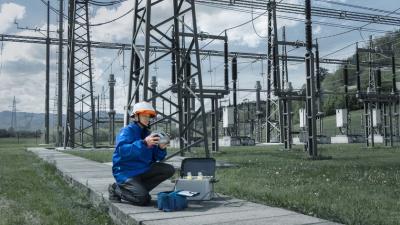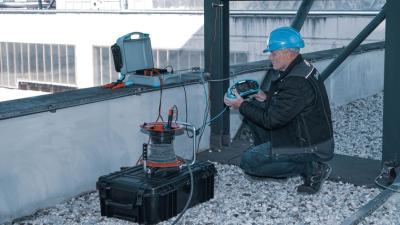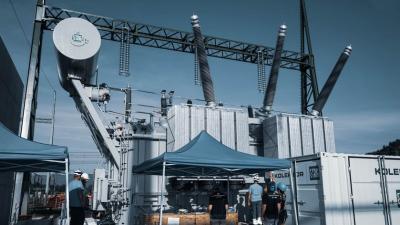Testing contacts of high voltage energy switches and bonding resistances
Power generation
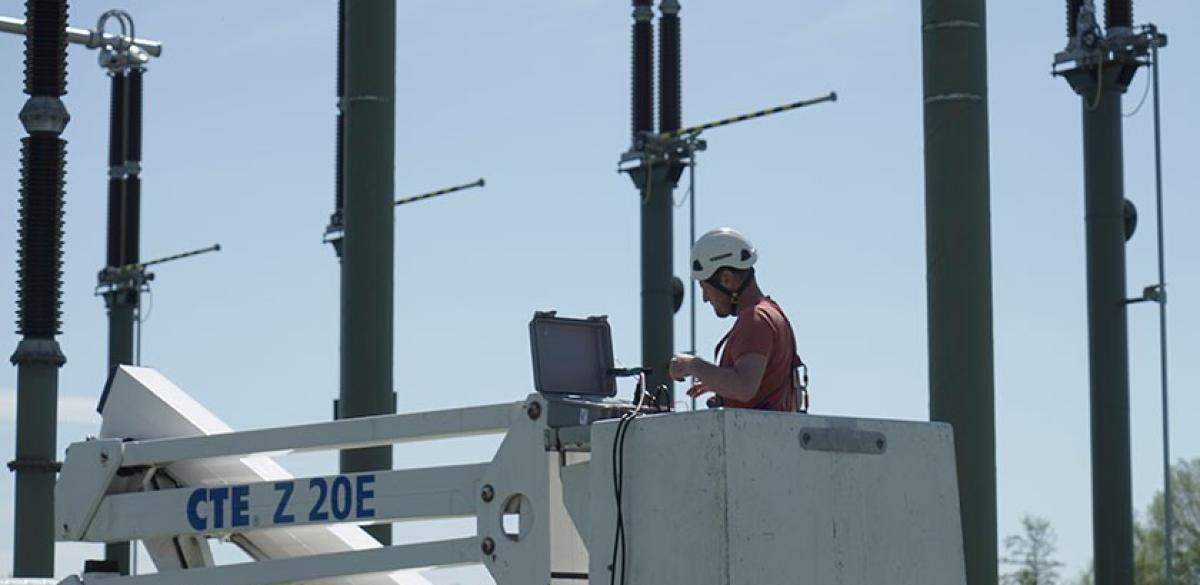
Switchgear is possibly the second most basic equipment in high-energy environment after a wire. Changing connections is basis of network work. Different types of switchgear care for safety by creating bypasses for short-circuit current in case of a fault, isolating power supplies from the network, or enhancing availability by creating double feed to a location.
Each of the switches must be regularly tested for safety and functionality. Both of these test groups have a test in common: continuity measurement. Increased resistance causes heating losses and in extreme cases a failure by explosion. A high energy switch must have an exceptionally good connection when closed. Typical resistances are less than a milliohm. Measuring these resistances requires specialised equipment with a high test current, like Metrel MI 3252 MicroOhm 100 A.
Application Notes
Measurements
There are two essential ways to measure a very low resistance: using a very high current in a two-wire method or using a four-wire method. A combination of the two or other methods on top are used to improve sensitivity and accuracy further. Two-wire method simply connects the measuring leads to each end of the switch and measures. The leads must be compensated for. It is fast and simple with minimum of hassle. The method is mostly used to check the connections in range of 0.1 Ohm and above.
Four-wire method adds another pair of leads only for voltage measurement. Input impedance of a voltmeter is very high, so it can be said that voltage is then measured at the unit under test and the leads are automatically compensated for. Both methods have the same issue: the lower the resistance, the higher must be the test current to get a meaningful voltage to measure and to calculate the result. Powerful instruments like MI 3252 are necessary to measure particularly low resistances with high accuracy and good sensitivity. MI 3252 is particularly suited to testing pre-commissioning.
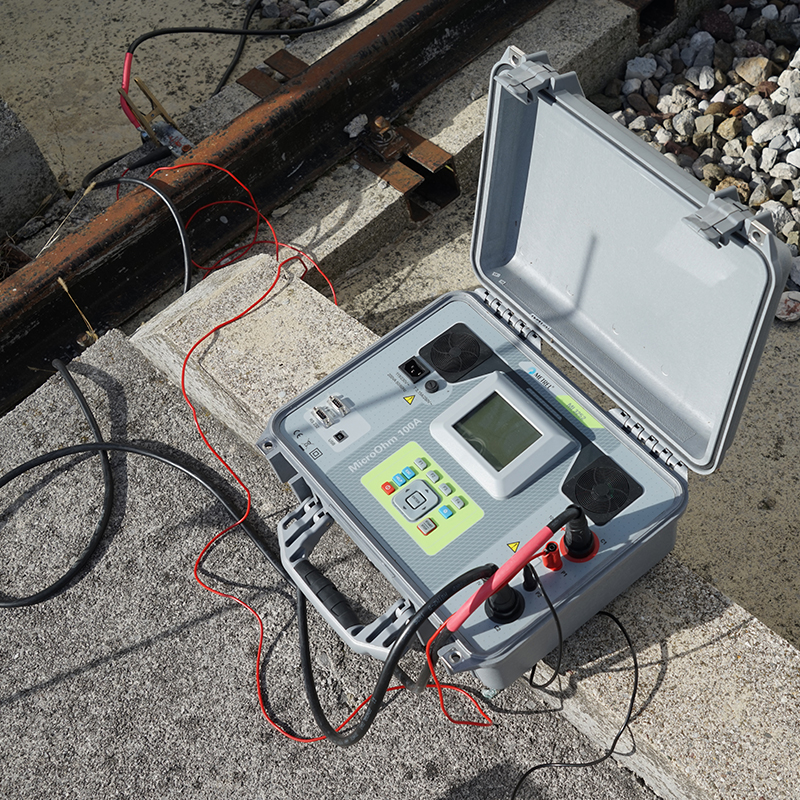
When commissioning a power plant, each and every switch and contact must be tested with high current to confirm the resistance is sufficiently low. These will become the reference values for future periodic tests and should be done with best possible accuracy and resolution. MI 3252 offers a very high resolution of 1 nOhm and great 0.25% accuracy from the lowest values up. Use is straightforward. Powered by a Li-Ion battery it can work up to 10 minutes continuously at 100 A. Its portability makes testing faster and can be used in locations with no power outlets.

